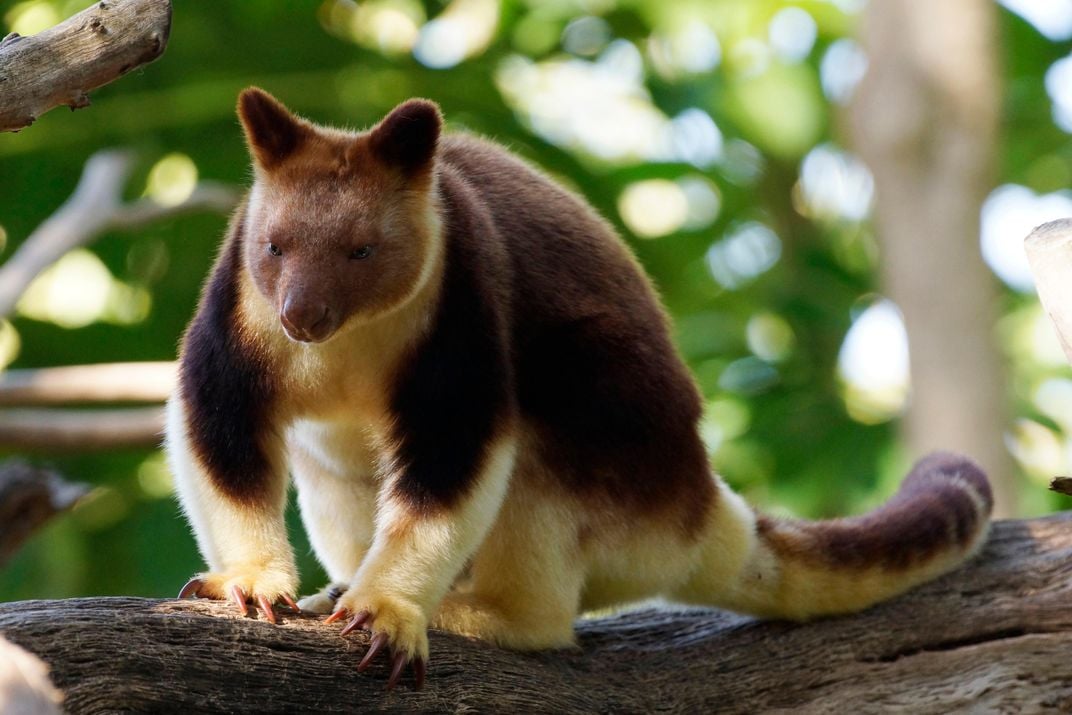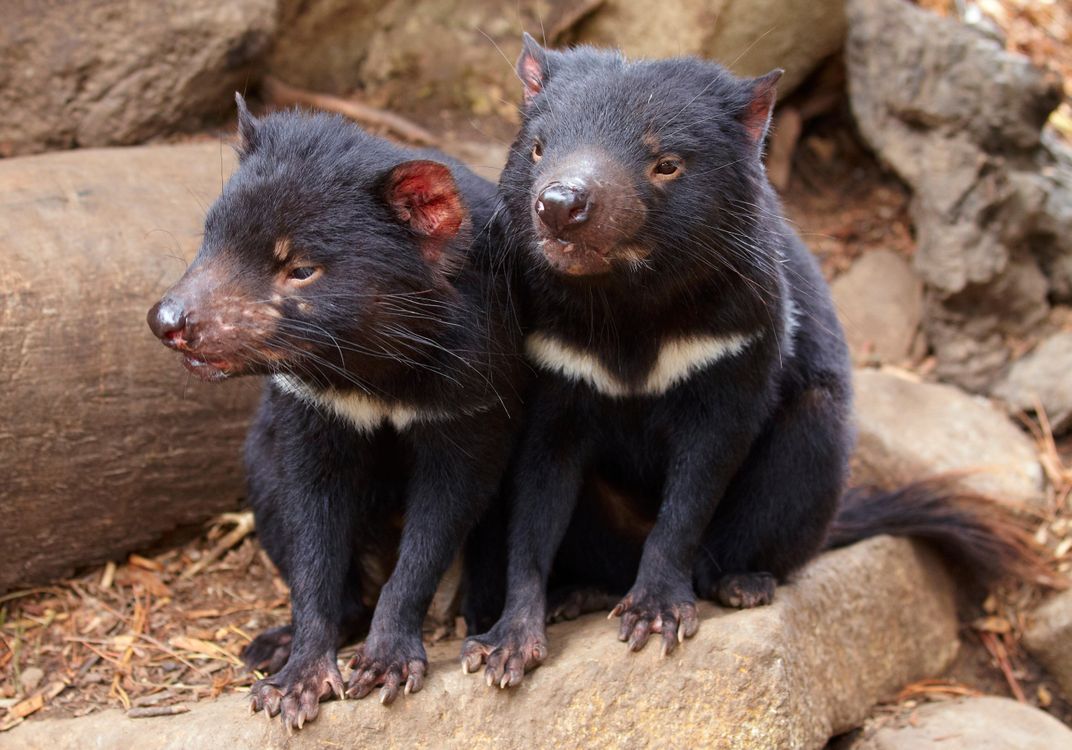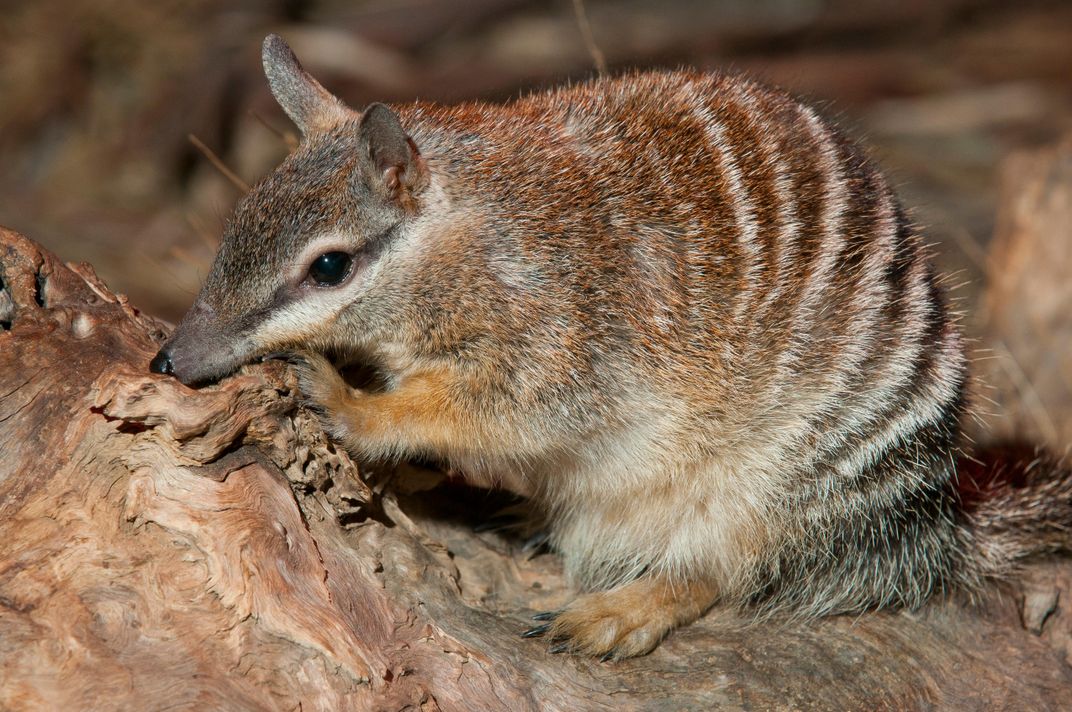In Australia, Curiosity® Really Will Kill Feral Cats
Don’t feel too bad for the cats, though: they kill millions of birds and little mammals every day
/https://tf-cmsv2-smithsonianmag-media.s3.amazonaws.com/filer/89/31/8931aa30-fd6b-4f5f-ac98-31b9f605eda8/42-44661889.jpg)
Australia is not doing so well keeping its amazing, strange mammals alive. The IUCN lists around 100 species in Australia as critically endangered; 29 mammal species have gone extinct in the past couple of centuries, giving the country, the Guardian reports, "the worst rate of mammal extinctions in the world."
Many of Australia's endangered mammals are small fuzzy creatures—woylies, mountain pigmy possums, Gilbert's potoroos...
These little mammals have one particularly fierce enemy: feral cats. There are, the Guardian says, 20 million feral cats living in Australia and, little hunters that they are, they kill 75 million birds and small mammals every day. Which is a problem if some of those small mammals belong to species whose populations are quickly dwindling to zero.
Australia's government is now pledging that, by 2020, there will be no more extinctions of native Australian mammals. They're going to keep those cute little suckers alive. But for that idea to succeed, Australia needs fewer feral cats.
The government has been experimenting with a strategy to reduce the population—poison cats with a bait called Curiosity®. The problem with laying out poison bait everywhere is that it kills other animals, too. But Curiosity® should only kill cats. A government report explains:
A key difference between the Curiosity® bait and conventionally produce baits…is that the toxicant is housed in an encapsulated pellet which is inserted into the Curiosity® boat. While many wildlife species are expected to consume the bait, the size and hardness of the pellet…has been demonstrated to lead to rejection, i.e. spitting out of the pellet by the vast majority of these species. This approach reduced the exposure of non-target native species by exploiting the different feeding behaviors exhibited by feral cats compared to native species.
Basically, other species will spit the poison back up, while cats will scarf it down.
It is not the cats' fault that they are hungry and that there are a lot of them, of course; they have spread as a result of human behavior. It's not just cats that have benefitted from our exploratory ways, either, and increasingly humans are having to make choices between species we've helped thrive and species we've nearly doomed.
/https://tf-cmsv2-smithsonianmag-media.s3.amazonaws.com/accounts/headshot/Sarah-Laskow-240.jpg)



/https://tf-cmsv2-smithsonianmag-media.s3.amazonaws.com/accounts/headshot/Sarah-Laskow-240.jpg)